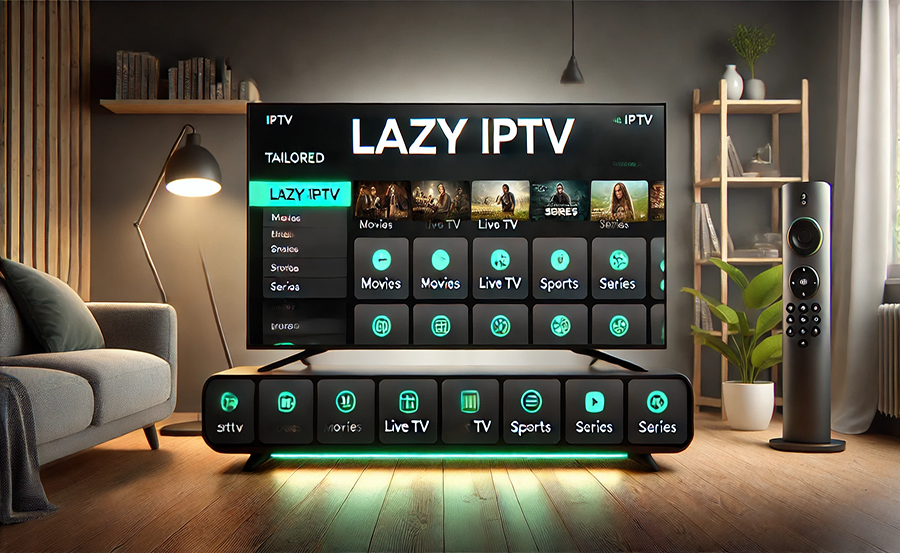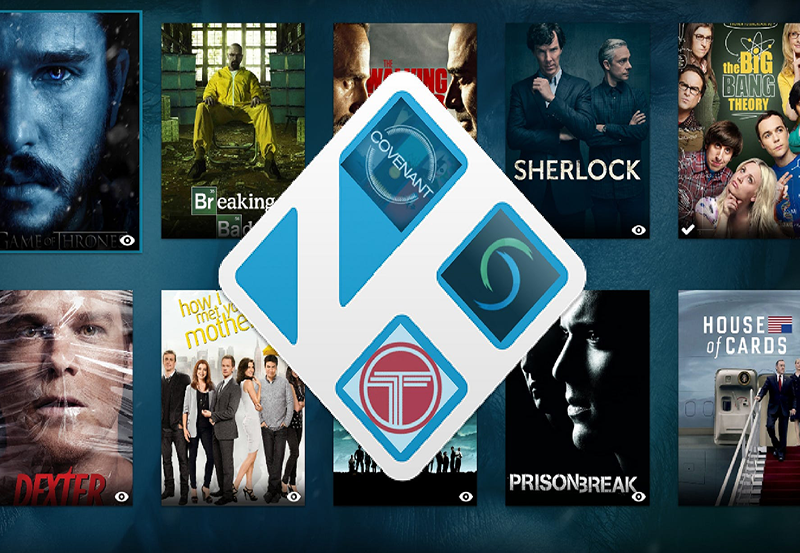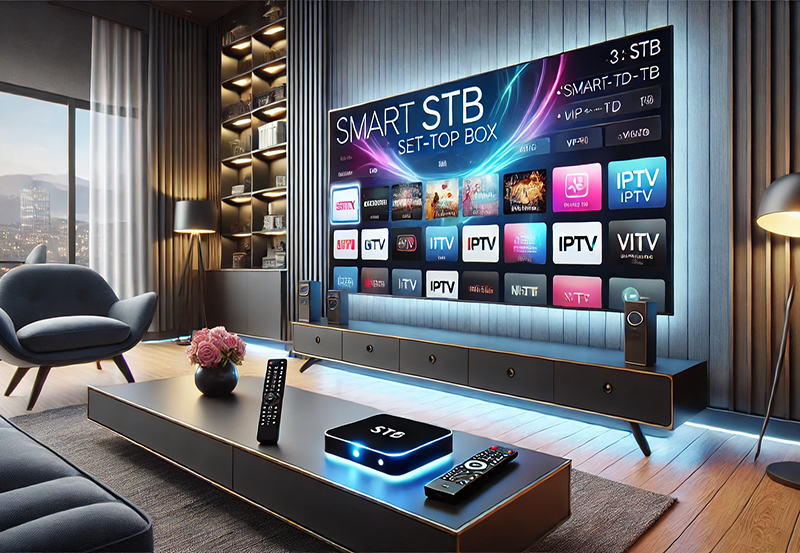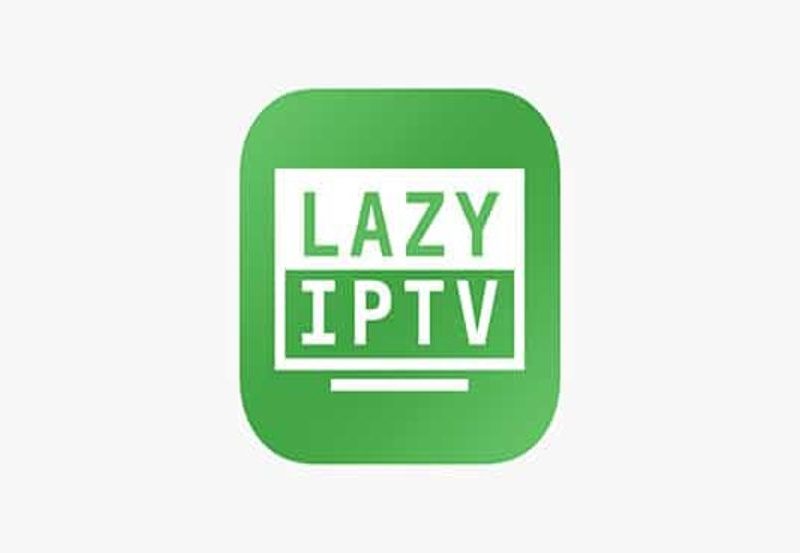With the growing trend of cord-cutting, Lazy IPTV has emerged as a key player, revolutionizing how we consume television content. This surge towards ditching traditional cable services comes from a desire for more personalized, cost-effective viewing options. Lazy IPTV provides just that, aligning perfectly with modern viewer preferences. But, what role does it truly play in the cord-cutting movements? Let’s explore this in detail.
Understanding the Cord-Cutting Phenomenon
The term “cord-cutting” has become a buzzword in the entertainment industry. Essentially, it refers to the shift from traditional cable or satellite TV services to internet-based alternatives. Consumers are opting out of costly cable packages in favor of more flexible solutions. IPTV, including Lazy IPTV, allows viewers to stream content directly through the internet, bringing many to reconsider their long-standing cable subscriptions.
Driving Factors Behind Cord-Cutting
Cord-cutting isn’t just about saving money, though that’s a significant part of it. Viewers are seeking variety, control, and convenience in their TV consumption. IPTV bundles offer just that, with numerous channels and on-demand options to choose from, providing a tailored experience that cable TV often lacks.
Expert Advice:
Upgrade your entertainment experience with CalmaHub, featuring affordable IPTV services and premium channel options.
Impact of Technology on Viewing Habits
The advancement in internet technology has made streaming smoother and more accessible. With better bandwidths, IPTV services deliver high-quality video content, enabling users to step up to better TV quality today. Consumers are no longer tied to broadcast schedules, accessing their favorite shows whenever and wherever they please, thanks to Lazy IPTV and similar services.
What Makes Lazy IPTV Stand Out?
Lazy IPTV distinguishes itself with user-friendly interfaces and customizable features. Unlike many other services, it prioritizes ease of use, which is crucial for attracting tech-savvy audiences who demand seamless streaming experiences. It doesn’t just focus on live TV but also offers a vast repository of on-demand content, ensuring there’s something for everyone.
User Experience and Interface
Another strength of Lazy IPTV is its user experience. With a clutter-free design and intuitive navigation, users find it easier to locate and enjoy their preferred content. This aspect is often highlighted in IPTV reviews, which consistently praise its straightforward interface compared to the more cumbersome arrangements of traditional TV services.
Customization Options
Customization is at the heart of Lazy IPTV. Users can create playlists, organize channels, and set preferences to align precisely with how they want to consume content. This level of personalization has endeared Lazy IPTV to many, making it a favorite option among those who value individualized service.
Enhancing Viewer Control
On top of the tailored experience, Lazy IPTV offers parental controls and supports various devices, reinforcing its user-centric approach. Enabling users to adjust settings according to their specific needs makes Lazy IPTV stand out as a versatile and reliable choice in a crowded market.
The Economic Edge of IPTV Services
Financial considerations are a fundamental aspect in driving the appeal of IPTV over traditional services. Lazy IPTV provides significant savings compared to cable, which is notorious for its high costs and locked-in contracts. Consumers appreciate the lower monthly expenses and flexible subscription models that Lazy IPTV offers.
Comparing IPTV Packages to Cable
With IPTV bundles, consumers can choose packages that fit their lifestyle without unnecessary channels inflating the price. The ability to pick and pay for what you need appeals to budget-conscious viewers looking to optimize their entertainment spending.
Breaking Free from Contracts
Another major advantage is the absence of long-term contracts. Many cable companies require lengthy commitments, often trapping consumers in deals that no longer serve their needs. Lazy IPTV, on the other hand, offers flexible options that can be adjusted or canceled without penalty, providing financial freedom and peace of mind.
The Value Proposition of Lazy IPTV
Lazy IPTV effectively balances cost with quality, delivering services that provide great value for money. It opens up possibilities for users to enjoy high-definition content without the financial strain typically associated with cable services. These economic factors are vital components driving more users towards IPTV services.
Challenges and Limitations of Lazy IPTV
Despite its advantages, Lazy IPTV isn’t without its challenges. Users sometimes face issues like buffering, limited support, and regional restrictions. Understanding these aspects is crucial for potential users considering the transition from traditional TV services.
Technical Difficulties
Buffering and connectivity issues can disrupt viewing experiences, especially if internet speeds aren’t optimal. These are common issues reported in IPTV reviews and can deter potential subscribers who prioritize reliability.
Geographical Restrictions
Some regions impose restrictions on IPTV services, limiting the availability of certain channels or content. While VPNs can often circumvent these issues, the legality varies, and not everyone may want to take that extra step.
Customer Support Concerns
Another area where Lazy IPTV can improve is offering consistent customer support. Users encountering technical problems may struggle to find timely assistance, an issue that traditional cable providers are better equipped to handle with their extensive support teams.
Looking Ahead: The Future of Lazy IPTV in the Market
The role of Lazy IPTV is likely to grow as more people embrace the flexibility and cost savings they offer. Its future depends on how well it adapts to evolving consumer demands and technological advancements.
Embracing New Technologies
As technology progresses, providing faster internet speeds and more powerful devices, IPTV services will continue to enhance their offerings. Lazy IPTV must keep pace with these changes, integrating new features and improving performance to maintain its competitive edge.
Expanding Content Options
Content remains king, and expanding the range of available programming is essential. Lazy IPTV’s ability to make deals with content providers to offer exclusive or varied options will be a critical factor in its future success.
Addressing Customer Feedback
Taking user feedback seriously and making necessary improvements can build customer loyalty. By addressing common complaints about technical and support issues, Lazy IPTV can enhance its reputation and attract more subscribers.
Frequently Asked Questions

- What is Lazy IPTV?
Lazy IPTV is a service that allows users to stream television content over the internet, typically offering a range of live TV channels and on-demand programming.
- How does Lazy IPTV fit into cord-cutting?
Lazy IPTV provides a flexible, cost-effective alternative to traditional cable services, aligning with the cord-cutting movement’s goals of customization and affordability.
- What are the benefits of using Lazy IPTV over cable?
Users benefit from reduced costs, customizable packages, and freedom from contracts, alongside the flexibility to watch content at their convenience.
- Are there any drawbacks to using Lazy IPTV?
Potential drawbacks include technical issues like buffering, limited customer support, and regional restrictions on content availability.
- How can I get started with Lazy IPTV?
Begin by researching different IPTV bundles offered by Lazy IPTV, read IPTV reviews, and choose a package that meets your viewing needs. Ensuring a reliable internet connection is also crucial for an optimal experience.
- Is Lazy IPTV legal?
While IPTV technology itself is legal, the legality of specific services can vary based on how they source their content. It’s important to choose reputable services and be aware of your country’s regulations.
- Can Lazy IPTV replace my current cable service entirely?
For many, Lazy IPTV can serve as a complete replacement due to its vast content options and flexibility. However, users must assess their specific needs and ensure compatible devices and stable internet connections are in place.
Optimizing Your Linux System for IPTV Streaming





